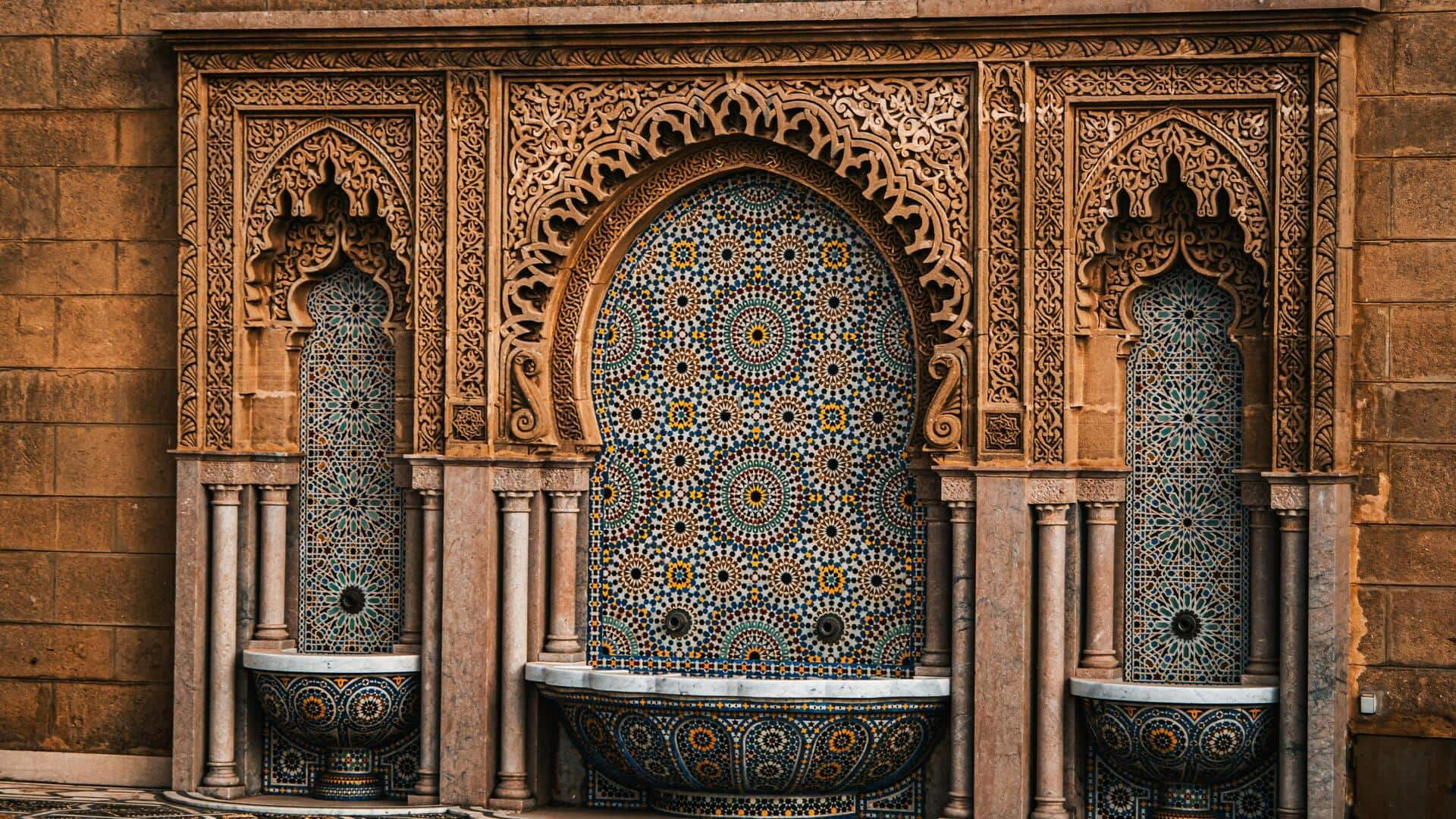
A beginner's guide to Islamic geometric art
What's the story
Islamic geometric art is a unique form of art that has been practiced for centuries. It is known for its intricate patterns and mathematical precision. The art form is not just about aesthetics, but also about the cultural and historical significance it holds. For beginners, understanding the basics of this art can be both challenging and rewarding. Here are some practical tips to help you get started on your journey into Islamic geometric art.
Tip 1
Understanding basic geometric shapes
Begin by familiarizing yourself with basic geometric shapes like circles, squares, and triangles. These shapes are the building blocks of Islamic geometric art. Understanding how these shapes interact with each other will help you create more complex patterns. Practice drawing these shapes accurately to develop a strong foundation.
Tip 2
Exploring traditional patterns
Study traditional Islamic patterns by looking at historical examples in architecture and manuscripts. Pay attention to how different shapes combine to create intricate designs. Replicating these patterns will give you insight into the techniques used by master artisans. This practice will also enhance your understanding of symmetry and repetition in this art form.
Tip 3
Utilizing digital tools
Digital tools can make it easier to experiment with geometric art without the need for physical materials. Software like CAD programs lets you create precise designs with ease. Explore these tools to see how they can complement your traditional drawing skills, giving you more flexibility and precision in your creations.
Tip 4
Practicing patience and precision
Creating Islamic geometric art requires a lot of patience and precision. Take your time when creating each part of a design, ensuring that everything is aligned correctly. Regular practice will improve your skills over time, making you more adept at handling complex patterns without losing accuracy or detail.